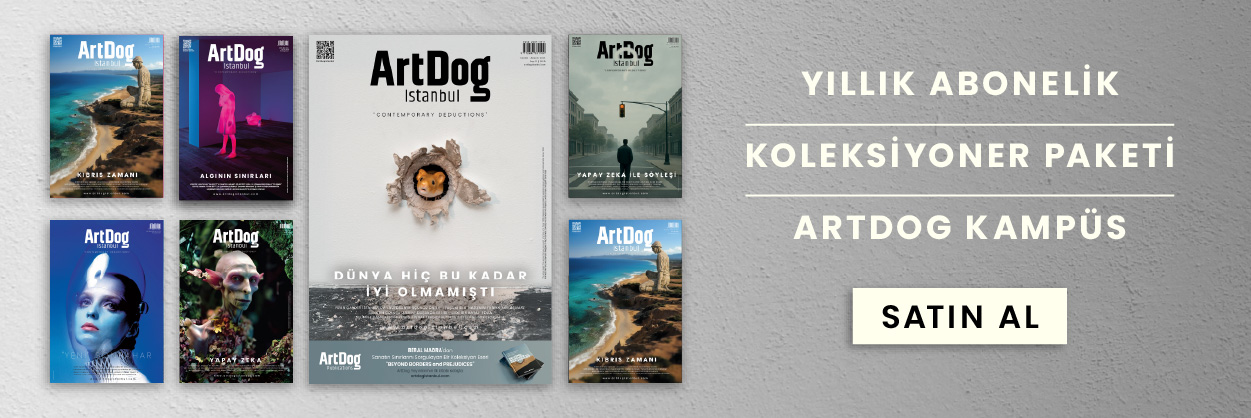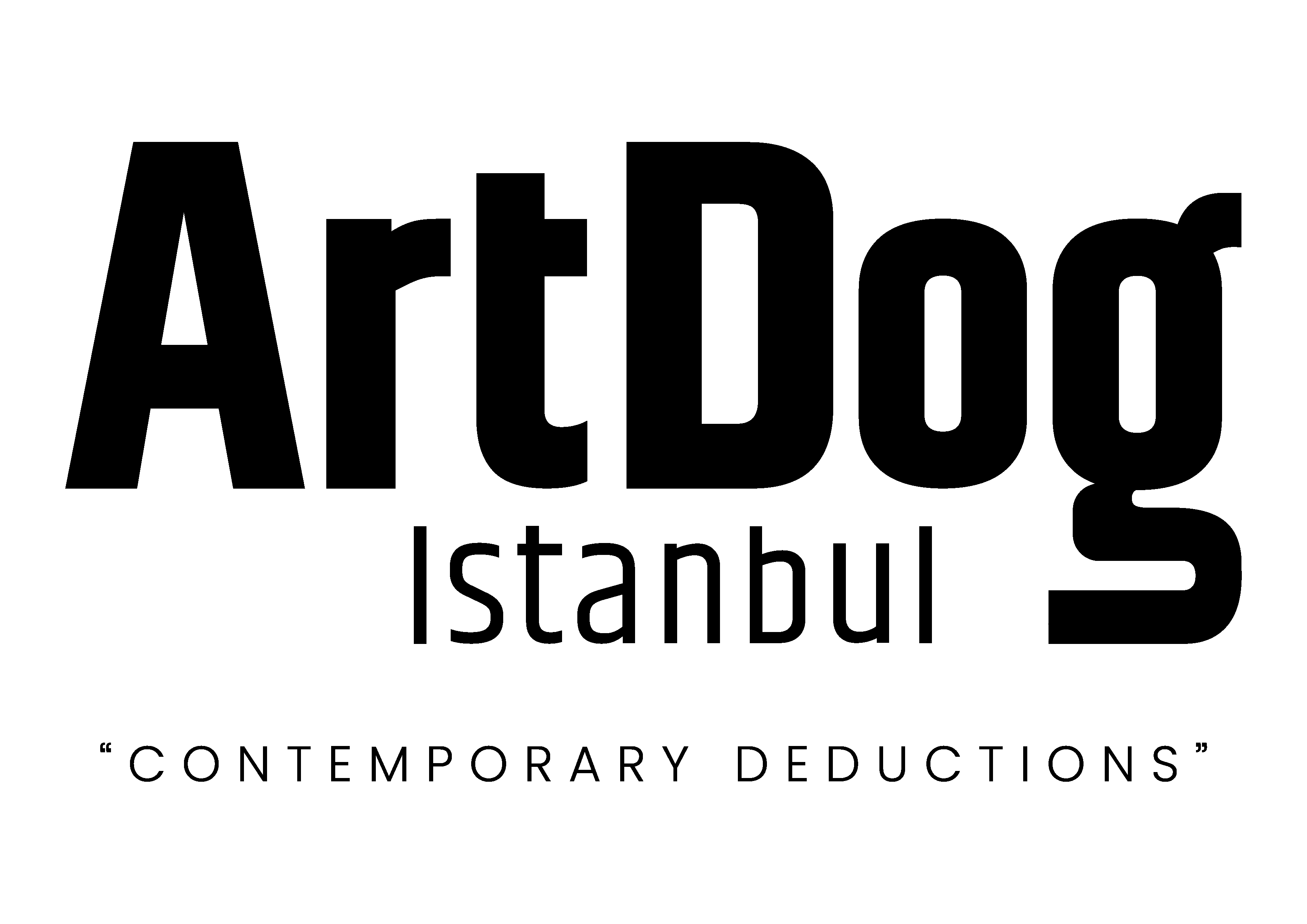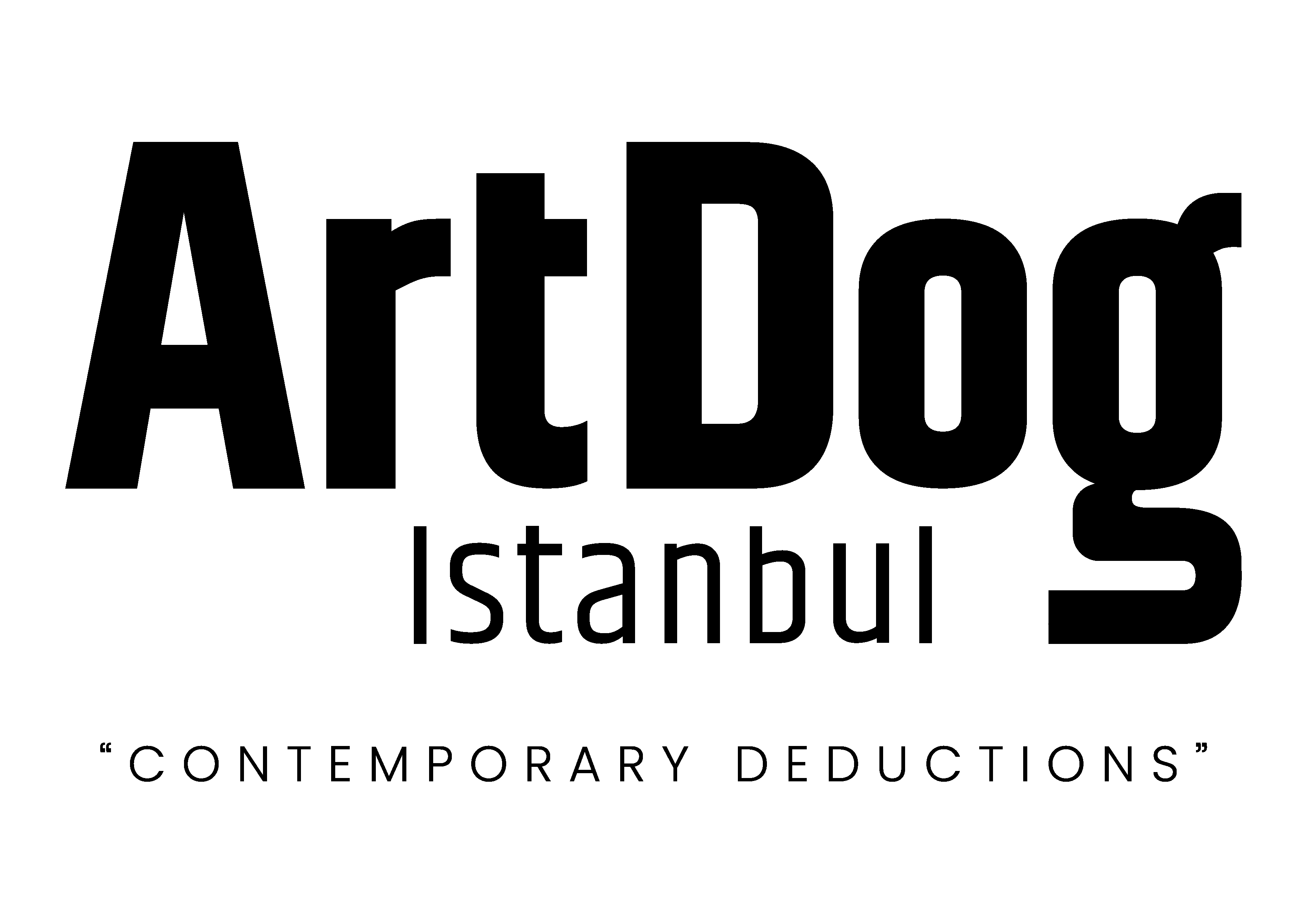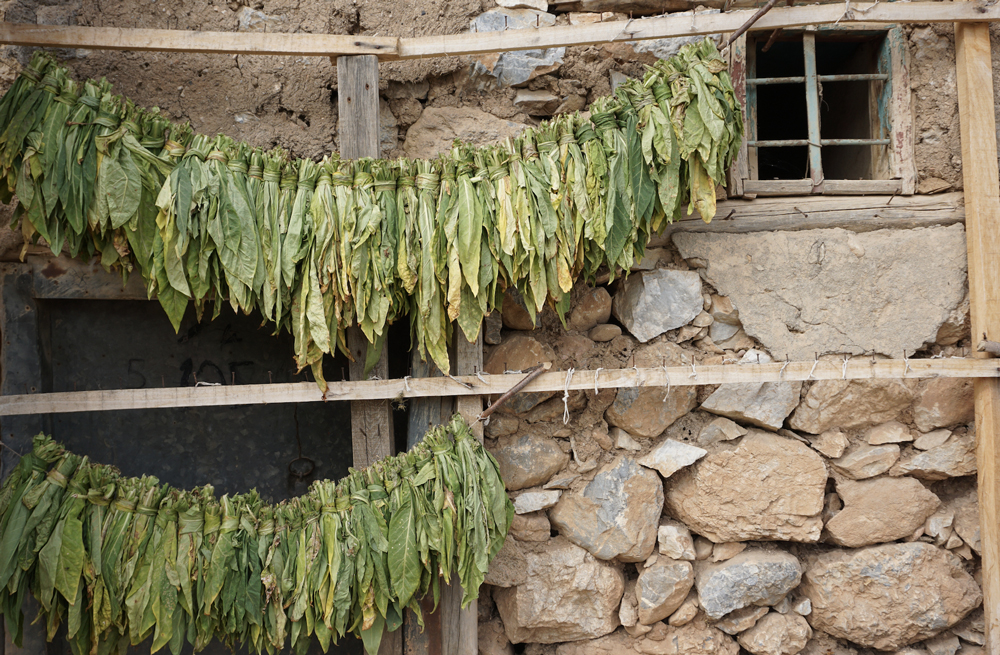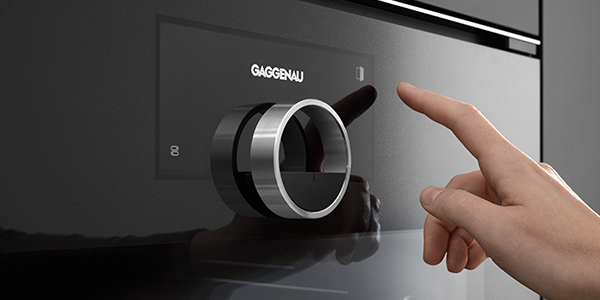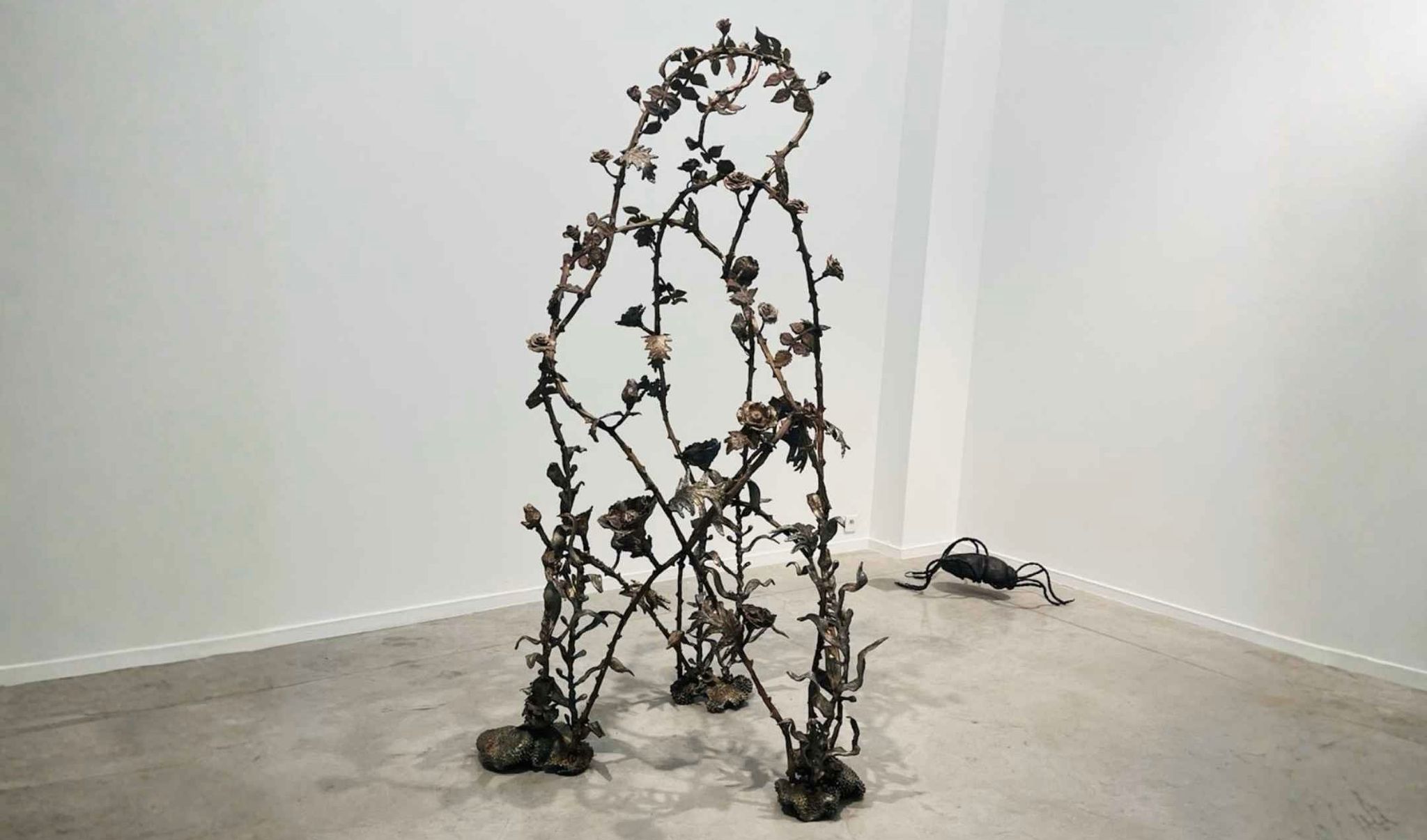
Jean-Marie Appriou’s exhibition La cinquième essence revolves around themes such as personal and collective memory, dreams and images, civilization and belonging. The show offers an opportunity to see Appriou’s artistic production and creative stance together.
“You are not a drop in the ocean;
in a drop you are a whole ocean.” — Rumi.
On every visit to Montpellier I managed, at the last minute, to catch shows at MO.CO (Montpellier Contemporain) and MO.CO. Panacée. This time was different — I even greeted MO.CO. Panacée with a show whose opening I witnessed. When I first arrived in Montpellier, a city of tolerance whose historic and modern planning permeates everyday life, I knew very few people; I tried to discover exhibition spaces through my own research. One of the first art venues I discovered was MO.CO. Panacée. Since finding this place, its friendly staff, its name, its exhibitions and the whole energy of the venue made me feel welcome and strengthened my bond with the city. Sometimes following a breeze from the past, sometimes strong sundrenched shadows, sometimes the moon’s cycle, I would walk from the narrow streets of the old town down to the Lez River and pass between newly built structures along the shining river. Other times I would take paths leading out of the busy boulevards. In these open views I loved tracing the layers of the urban fabric: under-bridge spaces, roadside murals and powerful graffiti. After a few visits to Montpellier the friendships I formed made my relation to the city feel even more organic.
Returning from the trails to Panacée: you can visit exhibitions there free of charge and join free guided tours on certain days each month. Whenever I could I walked exhibitions again, taking notes while resting on the small pool veranda or in the airy cafeteria if the weather was fine. During my May visit many openings coincided. The MO.CO and MO.CO. Panacée shows always made me, as an artist’s eye, want to write and share my impressions.
Preparing the text
It all began when I met Christine at Panacée’s opening. According to Christine nothing was coincidental — and I wholeheartedly agree. Christine showed great hospitality in helping me warm to the social life and art scene here; I thank her again. At MO.CO. Panacée we had the chance to see Jean-Marie Appriou’s La Cinquième Essence (curated by Caroline Chabrol) and, at MO.CO, Françoise Pétrovitch’s Sur Un Silence (curated by Numa Hamburs). Both shows—dealing with personal and collective memory, dreams and images, civilization and belonging, borders and maps—deeply affected me, since these are concerns I also carry in my own work. I very much want to write about Pétrovitch’s exhibition too, but first I focused on Appriou because this show’s deep traces of ancient civilizations, especially Mesopotamia, urged me to research the artist’s work further.
I needed more detailed information about the exhibition, and I had the chance to meet and speak with Panacée’s permanent curator Caroline Chabrand and assistant curator Deniz Yoruç. When I told them I wanted to write about the exhibition they were very supportive. Encouraged and excited, I began to organize my notes. Before meeting Caroline and Deniz I had already attended a very informative guided tour of the show; after meeting Caroline she gave me a catalogue of the artist. That catalogue, containing texts by Donatien Grau and Caroline Chabrand as well as an interview by Numa Hamburs, helped my research. With all sources in front of me, I started to assemble my notes. At the opening I met Jean-Marie Appriou and began to compose a text focusing on his exhibition.
The exhibition 5th Element (La cinquième essence), on view from 21 June to 28 September 2025, offered a chance to see Appriou’s body of work and artistic stance together. Caroline Chabrand’s deep curatorial vision embraced the artist’s works with a multilayered reading—conceptually, materially and formally. Through a balanced layout of the works Appriou’s world drew a multidimensional poetic map between artist and visitor. As the title suggests, one embarked on a journey among artworks placed in rooms named for the five elements. The first three rooms were devoted to water; the fourth and fifth to earth; the sixth to air; the seventh and eighth to ether; the veranda was dedicated to fire. These elements opened doors to an imagery-planet where the cosmos had been blended with ancient civilizations such as Egypt, Greece and Mesopotamia and zodiacal knowledge since the world’s beginning. This planet was not remote: it was our earth itself, and we set out to discover a secret hidden in its wholeness. The discovery of this primal secret invited the visitor to an archaeological excavation between elements and memories.

The links between Appriou’s conceptual and material language and his life
At this point, it is important to look at the artist’s life and previous works for this excavation of memory. Born in 1986 in Brest, France, Jean-Marie Appriou lives and works in Paris. He graduated from the École régionale des Beaux-Arts in Rennes in 2010. The features of the place where he was born and raised directly influence Appriou’s conceptual and plastic language. Using materials such as aluminium, bronze, glass, clay and wax with great mastery, the artist achieves a poetic language via an alchemical approach. His material choices reinforce the conceptual depth of the works and are directly related to his life: bronze evokes light, fire and celestial energy; glass’s fluidity suggests water and chaotic motifs; aluminium— a common, conductive, easily worked, lightweight and recyclable metal—resonates with the environmental concepts that interest the artist. The darkening and polishing treatments applied to aluminium sculptures recall a multidimensional charcoal technique. Clay and wax combine ephemeral and permanent aspects to create both physical and metaphysical continuity in the sculptures.
Technically, Appriou absorbs traditional sculptural techniques and then reinterprets them in his own manner, carrying them beyond the familiar. In his figurative sculptures he presents human, animal and plant forms together, producing a hybrid, mystical and symbolic atmosphere. His rich world of images draws from mythology to pop culture, from science fiction to ancient civilizations. For example, he blends motifs from Greek and Egyptian mythologies with science fiction elements. His works, inviting the viewer into a dream realm, establish a close relation with the audience while also pulling them into strange worlds. The figures he depicts—beings that combine sea and land creatures in a single body—act as figures of transformation and transition. To my mind Appriou constructs a narrative that merges past and future, the ideal and the perceptible, the real and the dream. Notably, he does not hide signs of intervention in the making process; leaving fingerprints visible emphasizes the handmade feel and texture of the material, underlining the sincerity of his practice. This visible craftsmanship animates the material and creates a tactile bond between viewer and object.
Appriou forms strong links not only with ancient civilizations but also with philosophy and literature. The exhibition title Quintessence refers both to Aristotle’s aither in the Western philosophical tradition and to the quest for a transcendent element beyond the four classical elements (earth, water, air, fire). By relating this concept to alchemy, cosmology and archaic mythologies, the artist confronts the visitor with primordial questions about the universe’s birth and the transformation of beings in the discovery of this transcendent element.
My personal connection to the exhibition came from the conceptual themes and the shared consciousness between the Mesopotamian civilizations of the land where I originate and the cosmogonies and elements present here. In Sumerian and Babylonian creation myths water appears as Apsu and Tiamat: Apsu the god of sweet waters and Tiamat the goddess of salt waters. In Mesopotamian mythology primordial water is both creative and destructive, the core of chaos and origin. Appriou’s frequent use of glass and fluid forms naturally evoked these myths for me. Moreover, ziggurats as mediators between earth and sky made me sense the artist’s vertical, pyramid-like forms as bridges between earth and sky. As in Babylonian deification of planets, Appriou’s cosmonaut, planet and cosmic-clock figures directly referenced Babylonian astrology.
The hybrid transformation figures that frequently recur in Appriou’s sculptures—the harvester, sea-born beings, the astronaut—seem akin to threshold beings such as the Mesopotamian lamassu and apkallu: hybrid human-god-animal entities. Beyond this sense of strangeness, what struck me was how the artist worked the material as part of an alchemical transformation across these hybrids. Experiencing the fire of bronze, the fluidity of glass, and the celestial light in aluminium created common resonances. This approach recalled the aesthetics of Mesopotamia that fused ritual vessels, sun/moon symbols and celestial seals with everyday objects—offering visitors an archaeological-dream feast. Looking at the remnants of a lost civilization, we felt like guests at a cosmic party discovering future myths.
Thus Appriou united Mesopotamia’s primordial time with the future time of the contemporary world, calling to mind the legends lodged in our personal and collective memory. He led the visitor along a bridge between ancient time and the present— a bridge that deepened my memory of Mesopotamia as a source and conduit for other ancient cultures.

Element rooms and notes from the notebook
Now, let us follow my notes taken in the galleries and traverse the multidimensional poetic map:
Water rooms
Notebook note: Entry to the exhibition, motion, creation, chaos, transformation, reflection, relief, drawing, aluminium, source of life, ship and child, lighthouse and seaweed, dream and insect…
Appriou’s seaside upbringing foregrounds the use of glass, aluminium and flowing forms in the water room. Sea-born beings, hands and fluid sculptures appear. A child stands on a ship, looking toward the horizon. The drifting forms of seaweed evoked Baudelaire’s melancholic images opening onto the waves: in Les Fleurs du mal the sea is the space of the inner journey and the unconscious, so Appriou’s seaweeds are primal plants of dark water between loss and fluidity—bearers of memory. For me the Mesopotamian connection came through the chaotic yet creative energies inspired by the myths of Tiamat and Apsu. If we read the ship as a protective womb, the child might symbolize the innocence of a new existence born from Tiamat’s waters. Another important point: in Mesopotamia water is not only physical but also a spiritual passage. In this passage the child is guided by the Lighthouse Observer toward inner light and meaning; the observer’s glass head, reflecting green light, called to mind the movement of water. Visitors were invited to find inner light in waters of a newly born universe. Hands opened a river path reaching from prehistoric cave paintings to cosmic wholeness. In the second room the relief Event Horizon (Primordial Vessel)—two parts hung together—shows the negative form in the lower part as the reflection of the positive image above. The ship mirrored by water reveals hybrid and mythical figures approaching an indistinct shore. Rather than a reflection of fact, we encounter the reflection of a primal legend, reminding us of the source’s watery origin.
In the small third room Rising Goémon and Night Carrier sculptures appear in the calm light of night. Goémon is a playful, multilayered word: in Normandy it names seaweed growing on rocky coasts; in the Far East it’s also the name of a Robin Hood–like folk hero who steals from the rich to give to the poor. The image that came to me was less a rising seaweed than a rising rose tree—the sculptures’ flower forms resembled roses. Perhaps the metaphor signaled the journey of that inner light. In Sufi belief the rose symbolizes the soul’s ascent to God and purification; every rose has a thorn, and the inner journey’s ascent carries fragility and flaw. Night Carrier recalled an insect, strongly resembling the dung beetle—an insect that creates spheres from soil and whose larvae develop in water. Remarkably, the dung beetle navigates by the Milky Way, making the insect a sky-aligned being. Perhaps Appriou linked the rising plant with the Milky Way.
Earth rooms
Notebook note: Endurance, origin, sun, transformation, hybrid sunflowers, cornfields, form and texture…
Moving from the water rooms to the earth rooms, the artist gives sculptures a dense tactility via clay, bronze and aluminium. The earth rooms’ sculptures meet Dante’s earthly realm—the origin of existence that heralds spiritual journeys. Earth is both the rooting point and the starting point of spiritual travel. In the area dedicated to the earth element the cornfield motif is not merely pastoral but also a reference to the artist’s childhood memories—playing with his older brothers among cornfields. Lost on backpaths, he found his way by sounds; that experience embodies a parallel universe between anxiety and understanding the world. In ancient Mesopotamia and Egypt corn was equated with earth’s fertility and the origin of civilization: harvest ensured life’s continuity by the plant’s death. The corn figures in this show mediates an understanding of earth as material and spiritual. The tactile surfaces and hand-worked feel of the figures foster an immediate link to ancient civilizations.
Mitos Solaire
Sunflower sculptures resonated with the fertility of the earth-mother Gaia in Greek myth, carrying similar upward meanings. Sunflower faces that always turn to the sun echoed the Babylonian deity Shamash’s light—symbolizing aspiration toward divine awareness. Of course Anatolian deities such as Cybele and Ishtar come to mind as well. These goddesses’ cycles of abundance are mirrored by sunflowers whose seed-filled heads embody birth, death and rebirth cycles. In this room portraits titled Orphans of the Sun—Equinox and Eclipse—wearing sun-glasses gave the place archetypal and mythic weight. These faces carry traces of the artist’s childhoods under Loire’s river and sunlight. Locust sculptures placed by two windows in the earth room presented an uncanny threat to the fields’ fertility.
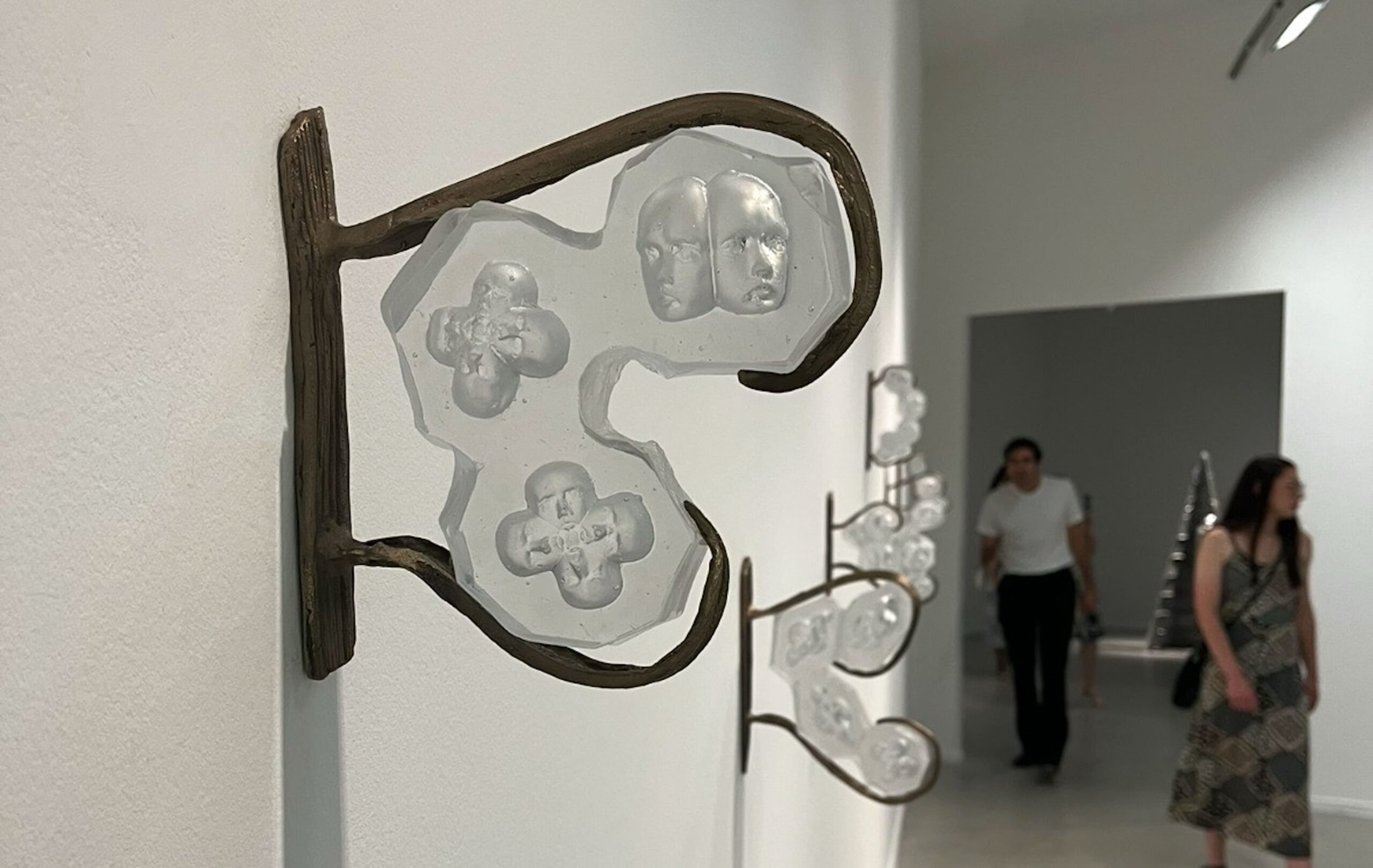
Long corridor
Notebook note: Lightness, visible–invisible, wings, poetry…
As we proceed toward the air room, hybrid winged forms—Talisman of a Lost Sky, Lightning Egg, Gleam of a Cosmic Ease, Celestial Oar, Star Tear, Fossil Lantern, Night Whisperer—hang from the ceiling, guiding the visitor toward the air element.
Air room
Notebook note: Movement, transition, transience, zodiac animals, metaphysics, wholeness and timelessness…
Arriving at the largest room, cosmic beings—hybrid Zodiac animals symbolizing past and future—greet us. The air room functions like a procession built from mixed materials, light and glass. The zodiac animals appear as signs of cosmic order and celestial rhythm. These animals are not merely biological beings but cosmic markers representing time’s cyclical flow. Drawing on both Chinese and Western astrological zodiacs, these figures remind one of fate and one’s bond with the cosmos. In Appriou’s sculptures the animals often hybridize, blurring boundaries between humans and beasts. The motifs from prior rooms—the ship, seaweed, rose branch, dung beetle, hands, feet, sun/moon symbols—reappear as extensions of these cosmic, hybrid animal bodies. At the same time, poetic and botanical symbols tied to different elements merge. We traced Baudelaire’s sea, Dante’s earth, Blake’s light, the thorn of the rose and the flower’s concealed warmth in cold material, the drift of seaweed and the sunward tilt of sunflowers. The ship was ever present. All of it formed a cosmic unity: the earth’s fertility cycle in the earth room and the sky’s cosmic cycle in the air room. Air might be called the carrier of the unseen—the space of breath, scent and wind. In ancient cultures this celestial journey evoked ascent, wind and air gods. The zodiac animals served as a threshold guiding visitors out of ancient land and water mythologies toward their celestial counterparts. At the center, the Cellular Being acted like the seed of the journey among elements—a sculpture evoking the smallest unit of life and making continuity between elements visible. The Cellular Being held both the exhibition’s beginning and its end, pulling the departing visitor back to the center.
Ether rooms
Notebook note: A transcendent element, void, the source where air, fire, water and earth coalesce, spirit, essence, light, the bending of time and space, lightness, universal consciousness…
In the rooms dedicated to the fifth element—ether—the Pink Moon, Old Moon, Thunderous Moon, Reed Moon images are not only astrological symbols but a cosmic calendar—entities that recall the sky’s cycles. Visitors seemed to complete their journey among the elements in cosmic time and universal order. The calm yet uncanny hybrid beings in the black-and-white prints acted like windows from an etheric stratum opening onto the planet. Ether recalled Aristotle’s aither and invoked cosmology, alchemy and dreams. Thus the fifth element was not just a whole beyond the four elements but a relationship with fate, time and the universe. Appriou’s cosmos here extended beyond the visible world: the exhibition transformed into a universe that united the elements. In Mesopotamian cosmology creation occurs via element blending; the highest sky god Anu could correspond to the ether layer.
Appriou himself said about ether: “Ether is not mere abstraction. It is the field of mystery, transformation and the communication between elements. It questions what ties us to the universe and what it means to be—in the infinite—here and now.”
Before entering the air room, a (Gravity) Protective Pyramid reminded me of ziggurats: temples of material and spiritual ascent. A guardian’s plaster head at the pyramid’s apex, encapsulated in a glass sphere like the Cellular Being, balanced the visitor between gravity and void.
Back in the air room, the Cellular Being remained at the center, the core of the journey among elements. This sculpture referenced life’s smallest building blocks while making inter-element continuity manifest. Containing both beginning and end, it made visitors feel the need to return to the core while exiting.

Fire — Veranda
Notebook note: Continuity, alchemy, cyclicality…
The decision to open the exhibition onto the veranda strengthened the sense of continuity. In a large iron oyster placed in the small pool on the veranda, a strong fire burned—like a barbecue flame. The fire referenced sea and water elements while perhaps also making an indirect connection with Montpellier’s patron saint St. Roch; I wondered whether the oyster—symbol of pilgrimage—signified journey, protection and spiritual transformation through the ages. Appriou’s iron oyster perhaps marks one of the exhibition’s thresholds, pointing to urban memory and the visitor’s personal journey. The organic form of water becomes both sacred and worldly journey. The iron oyster with its burning fire made visible both inner light and the world’s material flame. We witnessed the transformative power of fire within the alchemical world of elements.
On the veranda, the Fire Bath (iron oyster) and the Cellular Being formed not a linear narrative but a cyclical continuity, creating an organic bond between interior and exterior. The iron oyster mirrored life’s cyclical continuity; together with the Cellular Being it recalled the healing power of nature and cosmic order, inviting the visitor toward rebirth, myths of the past and possibilities of the future. Beings born of earth, flowing with water, transformed by fire, moved by air and integrated with ether.
Conclusion
In recent years we have passed through an uncertain orbit amid rapid global transformations, rethinking the concept of civilization. In this spiral of uncertainty that surrounds our planet we search for a cosmic wholeness within collective evolution, because our lives are extensions of it. Leaving the show and the space with these questions, I thought that Appriou’s conceptual framework and Chabrand’s curatorial practice together created a very balanced collectivity. At the same time the exhibition echoed Panacée’s name—integrated into the Royal School of Medicine building of the 15th century and opened in 2013—suggesting an imaginary of a universe that cures all ills.
A drop of water and its vapor are always on the side of life…
Jean-Marie Appriou: His works have been shown at major institutions worldwide, including Fondation Louis Vuitton, Palais de Tokyo, the Louvre, Fondation Lafayette Anticipations, Fondation Vincent van Gogh (Arles), Musée des Abattoirs (Toulouse), Musée d’Art Moderne de la Ville de Paris, Consortium Museum (Dijon), Villa Medici (Rome), Lyon Biennale, Central Wharf Park (Boston), the Giza pyramid forecourt (Egypt), Public Art Fund commissions such as equestrian sculptures placed in New York’s Central Park, Versailles, Vienna Biennale and many more.

